What is the tolerance range of precision screws?
What is the tolerance range of precision screws?
Service Hotline
+86760-8787 8587We have more than ten years of experience in screw industry production, the main products are: flat head screws, hand-tightened knurled bolts, black carbon steel fine pitch bolts, hexagonal non-slip screw caps with pads, countersunk head nuts, high carbon steel thick shank screws , High-precision T-shaped head bolts, fine pitch hexagonal flange nuts, color galvanized cabinet screws, stainless steel inspection tool handwheel, extended screw pads, accessories set complete extended bolts, high-strength carbon steel nuts, toothed non-slip flange bolts, Fasteners such as grade 10 GB6172 hexagonal thin nuts, due to the different materials and specifications of the products, the prices are also different, please contact us if necessary.


The spring washer usually includes a washer body and a raised claw head punched and formed on the washer body. The spring washer is often placed between the bolt head of the bolt and the connected parts, wherein the raised claw head is connected to the part to be connected. The surfaces of the connecting parts are in contact, and the plane on the gasket body, opposite to the lifting direction of the raised claw head, is in contact with the bolt head. After the bolt head is tightened, the elastic reaction force generated by the raised claw head after flattening makes the The screwed threads are pressed tightly, and at the same time, the raised claw head is pressed against the bolt head and the supporting surface of the connected parts, which has the effect of preventing loosening. However, the traditional spring washer is a single-claw type. When tightening, the raised claw head will cause great damage to the surface of the connected parts, so it is not suitable for the anti-loosening treatment of parts with small surface hardness.
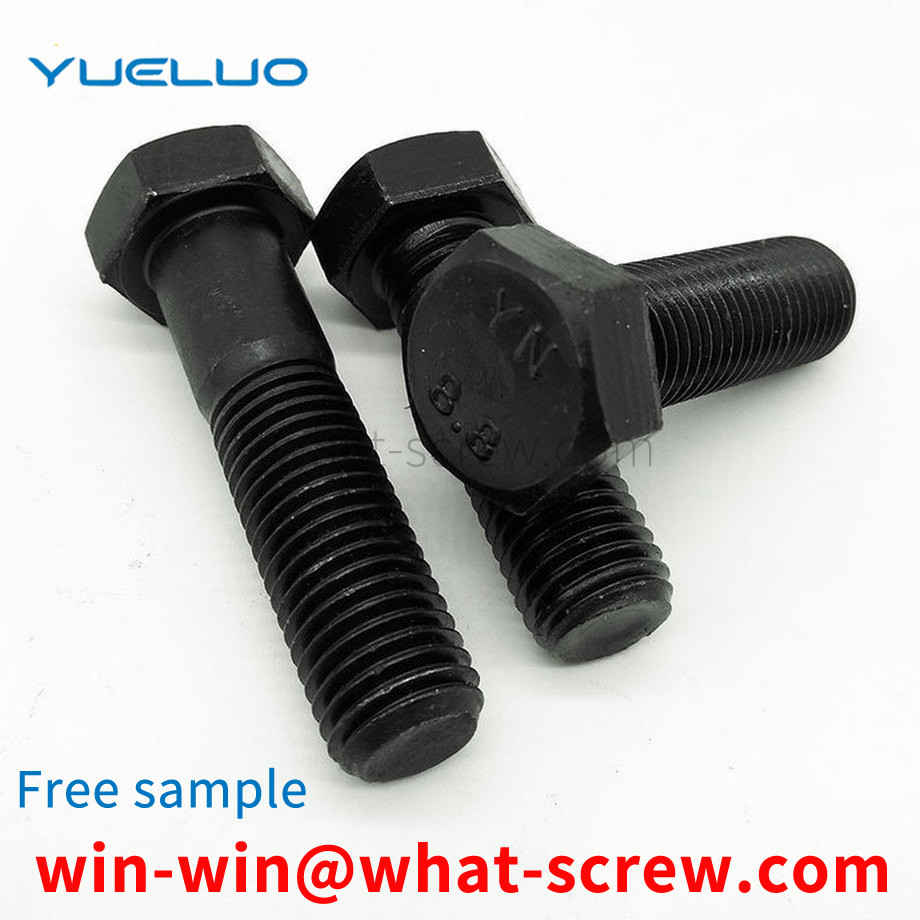
Each self-tapping screw is composed of three parts: the head, the shank and the end of the shank. The composition of each self-tapping screw has four major elements: head shape, wrenching method, thread type, and end form. 1. Head Shapes There are various head shapes. There are round head (semi-round head), flat round head, round head flange (with pad), flat round head flange (with pad), pan head, pan head flange (with pad), countersunk head, semi-countersunk head, Cylinder head, spherical cylinder head, horn head, hexagonal head, hexagonal flange head, hexagonal flange (with pad) head, etc. 2. Wrenching method The wrenching method refers to the way of twisting the head of the screw when installing and tightening the screw. There are two basic methods: external wrench and internal wrench. Generally speaking, external wrenching will allow more torque than any form of internal wrench (internal groove). External wrench: hexagon, hexagonal flange surface, hexagonal flange, hexagonal flower shape, etc.; internal wrench: flat groove, cross groove H type, cross groove Z type, cross groove F type, square groove, compound groove, inner flower Key, inner hexagon flower, inner triangle, inner hexagon, inner 12 corner, clutch slot, six-blade slot, high torque cross slot, etc. 3. There are many types of threads, including self-tapping threads (wide thread), machine threads (ordinary threads), drywall screw threads, fiberboard screw threads, and some other special threads. In addition, threads can be divided into single-lead (single-end), double-lead (double-end), multi-lead (multiple-end) and high-low thread double-end threads. 4. Terminal form There are two main types of terminal form: tapered end and flat end. However, according to the needs of use, at the screw-in part of the end, grooves, grooves, incisions or parts with a similar drill shape can be processed with cutting function. In some standards, it is also a tapered end or a flat end, and there are different forms such as a rounded end.
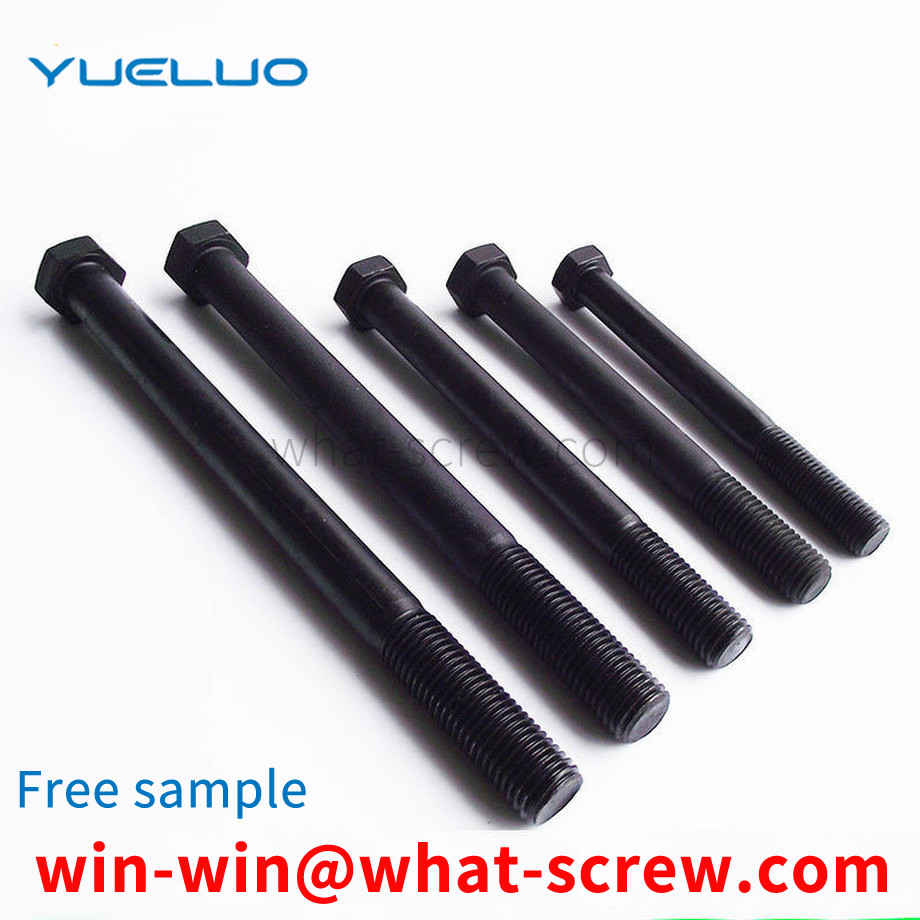
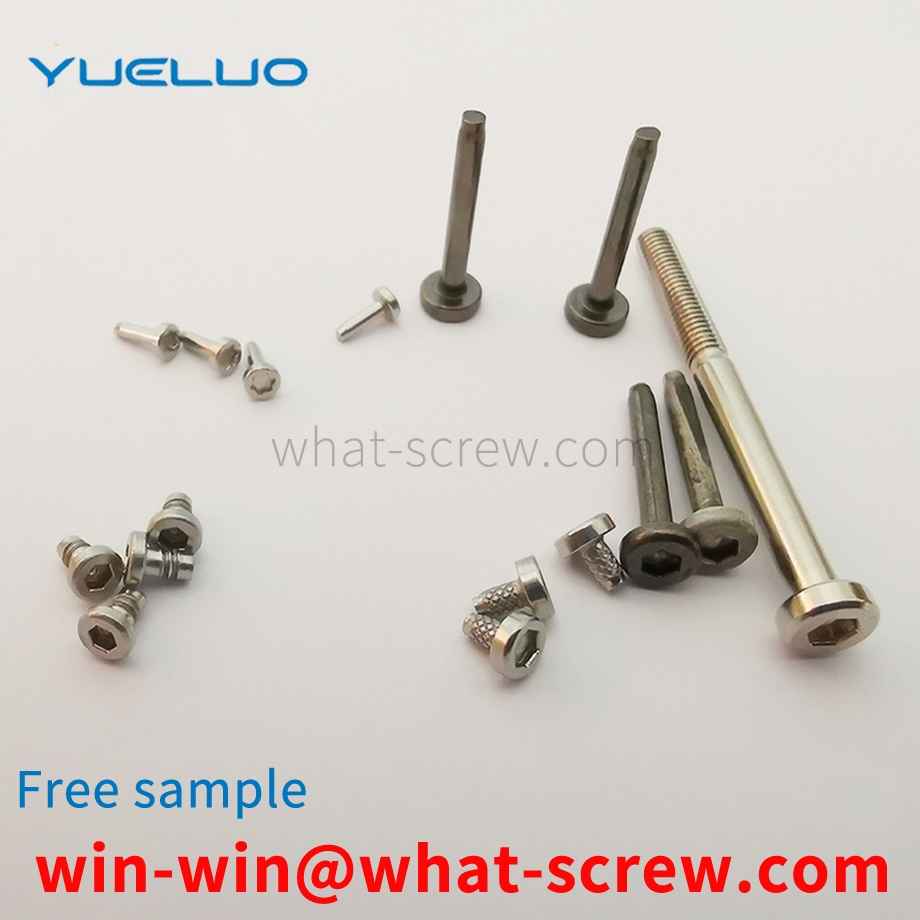
Heat treatment technology has a crucial impact on high-strength fasteners, especially its intrinsic quality. Therefore, in order to produce high-quality high-strength fasteners, advanced heat treatment technology and equipment must be available. 1. Status of heat treatment of high-strength fasteners High-strength fasteners have 4 performance levels, namely 8.8, 9.8, 10.9, and 12.9. These four grades of high-strength fasteners must be quenched and tempered. The purpose of heat treatment and tempering is to improve the comprehensive mechanical properties of fasteners to meet the specified tensile strength value and yield ratio of the product. Therefore, the quenching and tempering process has strict requirements on raw materials, furnace temperature control, furnace atmosphere control, quenching medium, heat treatment quality inspection and control, etc.
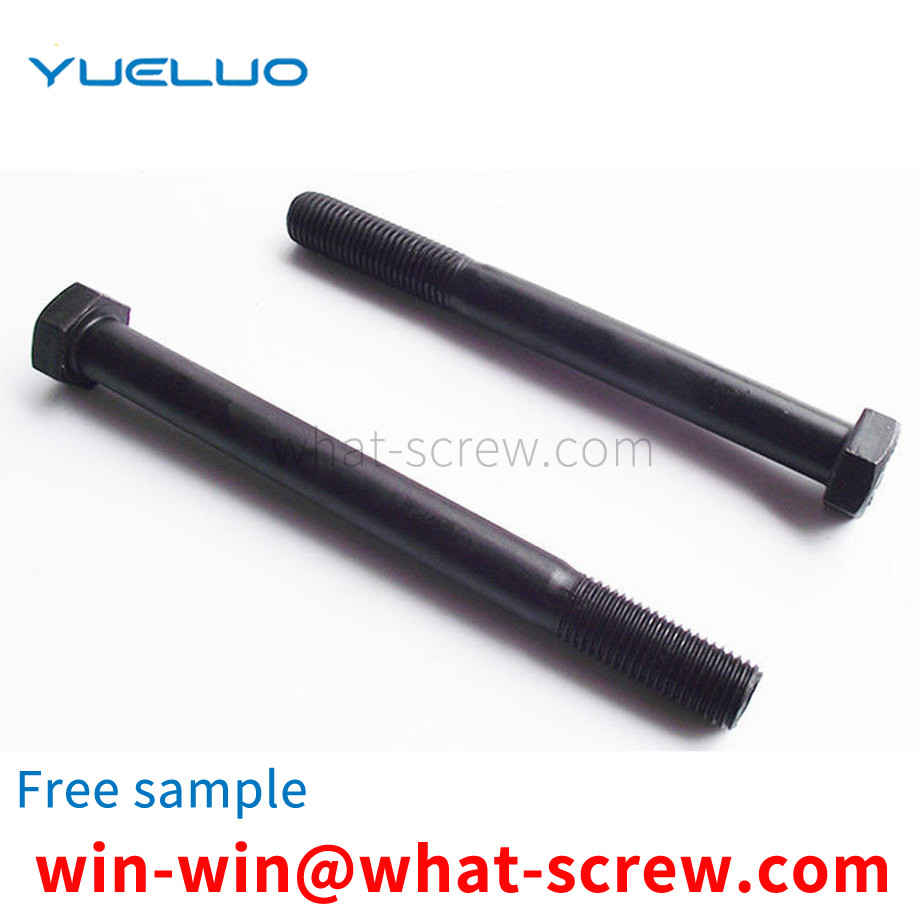
1. The taper of the reaming hole should be 90°. It should be guaranteed that it should be less than 90° rather than greater than 90°. This is a key trick. 2. If the thickness of the sheet metal is less than the thickness of the head of the countersunk head screw, you can replace the screw with a smaller size, or it is better to ream a smaller hole instead of reaming the hole to increase the diameter of the bottom hole and cause the parts to not be pressed tightly. 3. If there are multiple countersunk head screw holes on the part, it should be processed more accurately. Once it is drilled crookedly, it will be ugly to assemble, but as long as the error is not large, it can be tightened completely, because when tightening, if the diameter of the screw is not very large. Large (about no more than 8mm), when there is an error in the hole distance, the screw head will be deformed due to the force when it is tightened or it will be tightened.
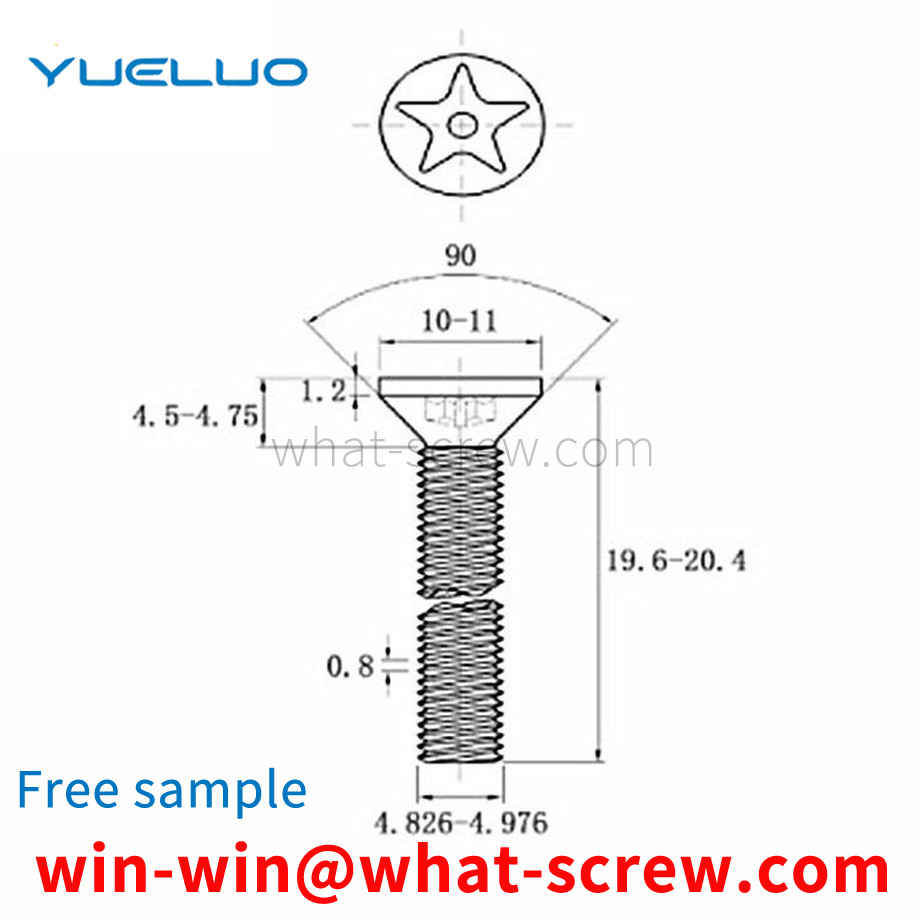
The above content is uploaded by Yueluo or the Internet. If there is any copyright issue, please contact [email protected].

What is the tolerance range of precision screws?
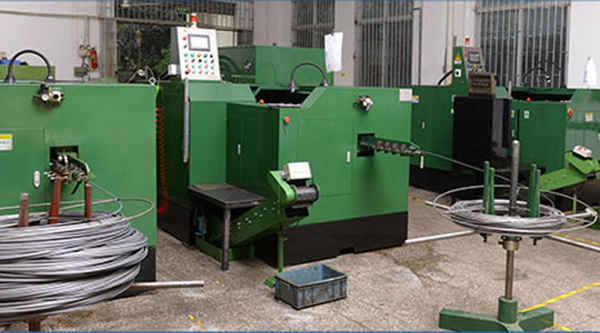
How to choose the right stainless steel screw manufacturer?
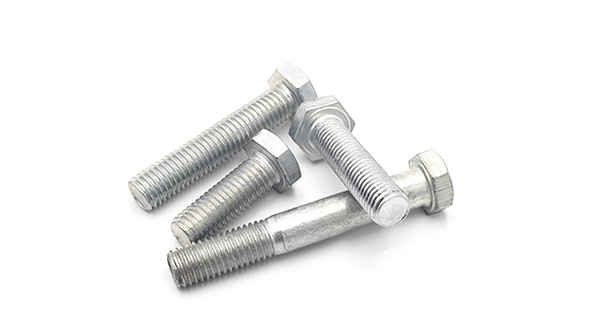
Why is there an R angle under the head of the hexagon head s...

We have more than ten years of production experience in the ...

We have more than ten years of experience in the production ...

We have more than ten years of experience in the production ...
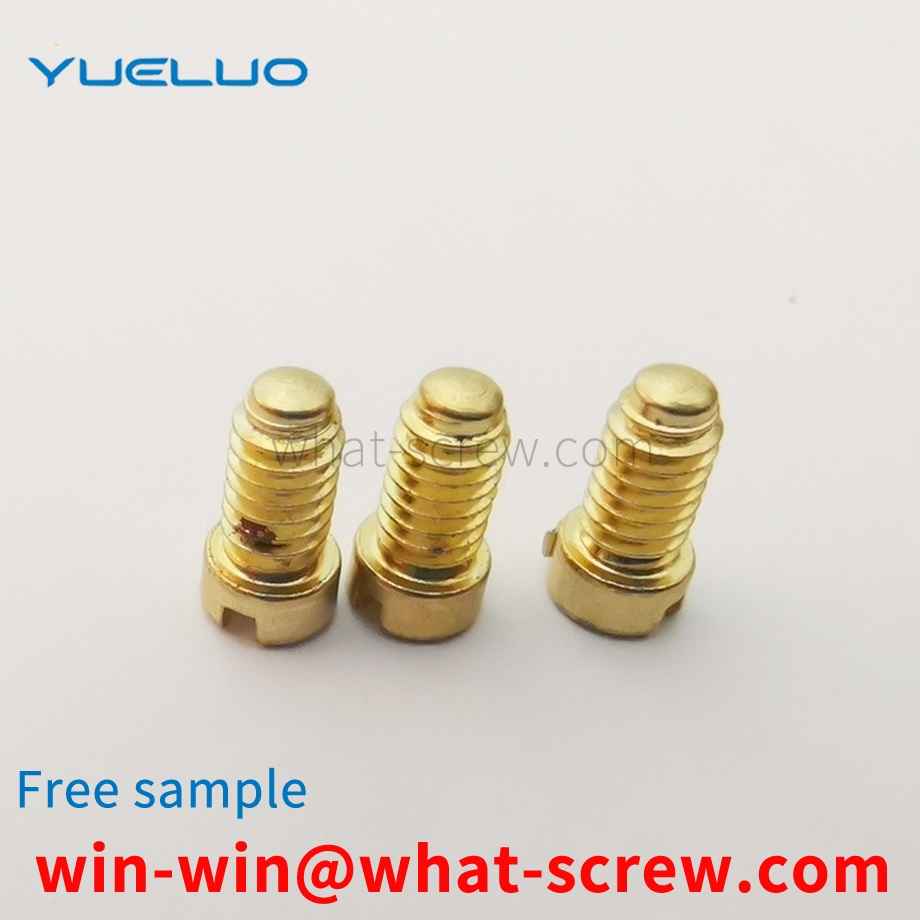
We have more than ten years of experience in screw industry ...